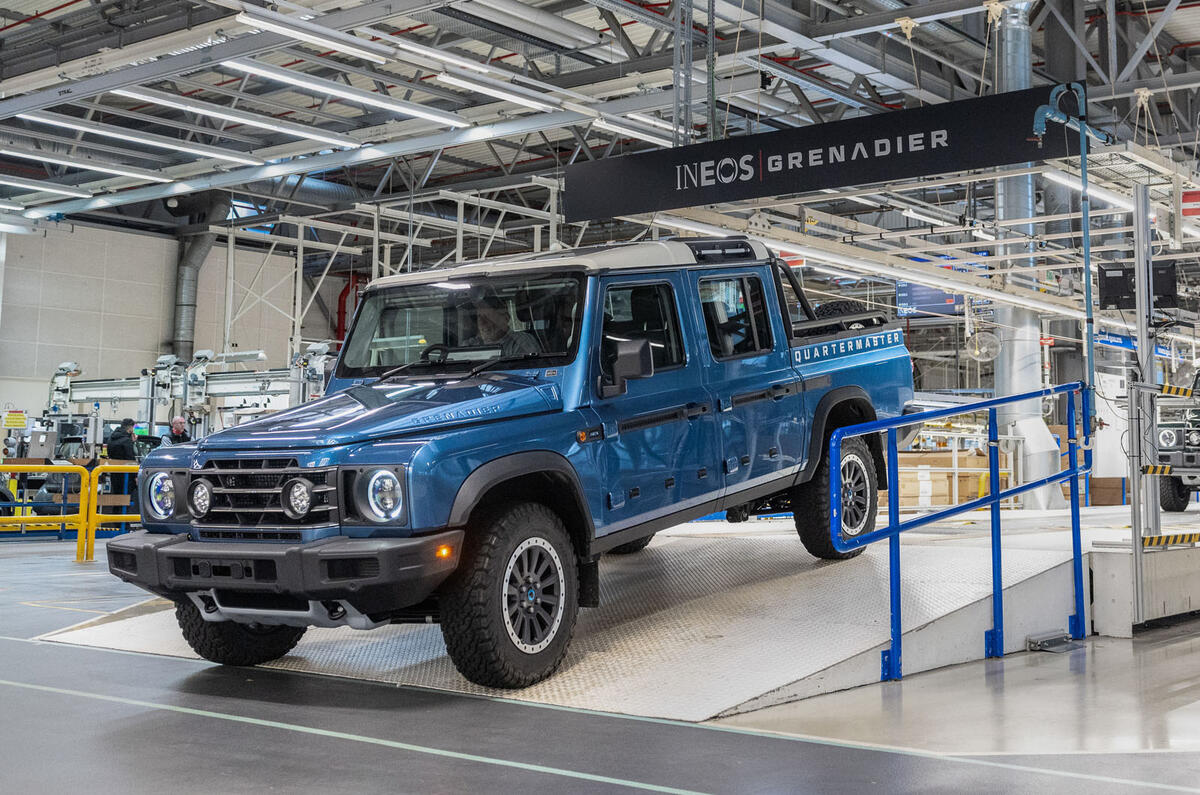News that Ineos Automotive has been forced to stop production of the Grenadier off-roader because of a component shortage – understood to be seats from Recaro following its insolvency – underscores the fragility of the automotive supply chain, particularly for smaller car makers.
“Automotive supply chains are always complex and challenging, but this hits at such a busy time for us,” Ineos told Autocar in a statement. “We are leaving no stone unturned in our efforts to get our manufacturing back up and running, to catch up with demand as swiftly as we can.” The company’s “conservative scenario” was to be back at full production by early 2025.
Ineos didn’t officially name the supplier but a regional newspaper near the company’s production site in Hambach, eastern France, quoted plant manager Philippe Steyer as saying it was Recaro’s failure that forced the production stop this week, putting the 700-800 employees at the former Smart facility on short-time work.
The automotive seat manufacturer filed for insolvency in July and its current position is unknown. The company made seats for the more specialist end of the car market and lists among its customers Aston Martin (including for the Valkyrie hypercar) and Ford.
The danger of losing a supplier is ever present for car makers big or small. Often the best thing to do is to keep struggling suppliers afloat either by organising supply chain finance – whereby a specialist bank steps in to provide upfront payment for parts – or even taking over, if they can afford to, said David Bailey, professor of business economics at the Birmingham Business School.
“Bigger firms will have second sourcing strategies so as to have some flexibility over where to source parts from, but Ineos Automotive is a tiny player,” Bailey said. “As a result, it is exposed when a key component maker struggles and may itself not have the resources to mount a rescue takeover.”
The Hambach plant MD said Ineos is evaluating alternative seats from four different companies. However, something as critical to the safety of the occupants such as a seat isn’t easy to replace at short notice. The new seat will have to be homologated, which involves passing safety tests, and then manufactured. Meanwhile, the stoppage will put a strain on existing suppliers, some of whom will be relying heavily on Ineos and the continued production of the Grenadier.







Join the debate
Add your comment
Larger companies dual source. This is their inexperience and small size showing.